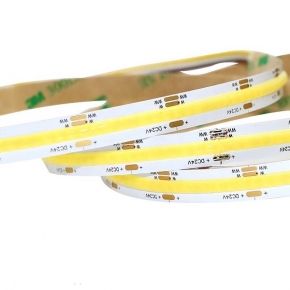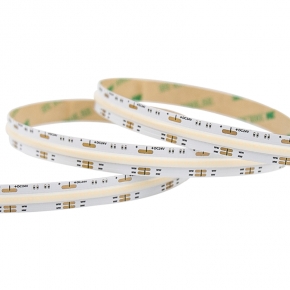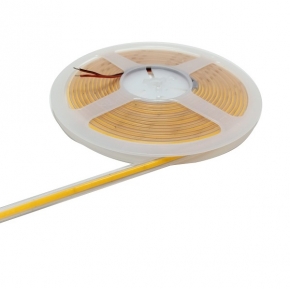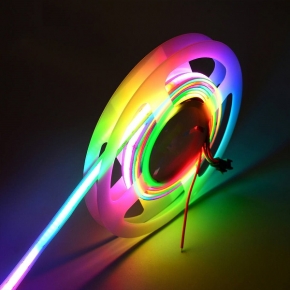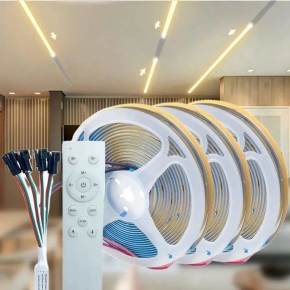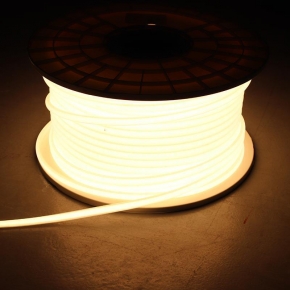Understanding LED Color Temperature: A Comprehensive Guide
Understanding LED Color Temperature: A Comprehensive Guide
In the realm of LED lighting, color temperature is a fundamental yet often misunderstood concept. It plays a crucial role in determining the visual ambiance and atmosphere of any space. This comprehensive guide aims to demystify LED color temperature, exploring its significance, the various options available, and how to choose the right one for your lighting needs.
What is Color Temperature?
Color temperature is a metric used to describe the color appearance of a light source. It is measured in degrees Kelvin (K) and represents the temperature of a theoretical black body radiator that would emit light of a similar color.
The Importance of Color Temperature
Color temperature significantly influences how colors are perceived in a given environment. Warmer color temperatures (lower Kelvin values) tend to evoke feelings of comfort and coziness, making them ideal for living rooms, bedrooms, and other residential spaces. On the other hand, cooler color temperatures (higher Kelvin values) create a more energizing and alert atmosphere, making them suitable for offices, workshops, and other commercial settings.
Types of LED Color Temperatures
LED lighting offers a wide range of color temperatures to suit various applications:
· Warm White (2700K - 3000K): Provides a soft, yellowish light similar to incandescent bulbs. Ideal for creating a cozy and inviting atmosphere.
· Neutral White (3500K - 4000K): Offers a balanced mix of warm and cool tones, providing good color rendition and a versatile light suitable for various settings.
· Cool White (5000K - 6500K): Emits a crisp, bluish-white light similar to daylight. Perfect for areas where high visibility and alertness are required.
Consistency and Binning
Achieving consistent color temperature across multiple LED fixtures is essential for uniform lighting. Manufacturers employ binning processes to group LEDs with similar color and brightness characteristics, ensuring batch-to-batch consistency.
Advanced Binning Techniques
Some manufacturers go a step further by adopting advanced binning techniques, such as MacAdam ellipse binning, which provides even tighter color control. This is particularly important for large-scale installations where color uniformity is critical.
How to Choose the Right Color Temperature
Selecting the right color temperature for your lighting project involves considering the intended use of the space, the desired ambiance, and any specific visual requirements. For example, a cozy dining area might benefit from warm white light, while a contemporary office space might prefer cooler tones for enhanced productivity.
Our Offerings
At LEDWayLighting, we pride ourselves on offering a diverse range of LED lighting solutions, including LED strip lights with color temperatures ranging from 1900K to 6500K. Our high-quality LEDs are meticulously binned to ensure color consistency and uniformity, making them ideal for various applications.
Order Now!
Ready to upgrade your lighting with precision-tuned LED color temperatures? Browse our extensive collection of LED lighting products and find the perfect match for your project. For inquiries and orders, please contact us at sales2@ledwaylighting.com. We're here to help you illuminate your space with the perfect light.



